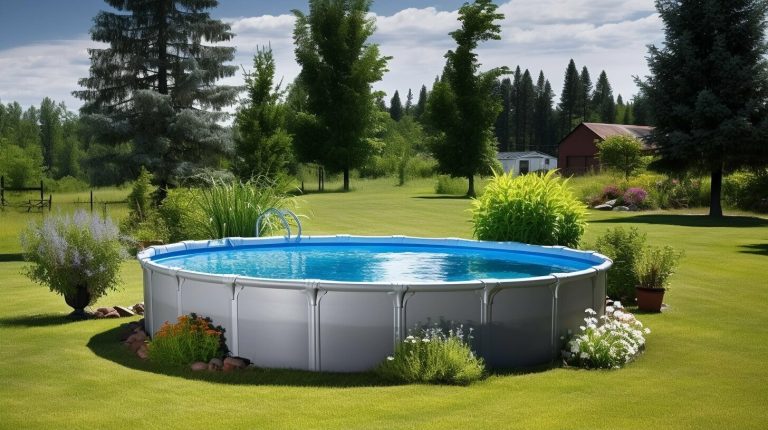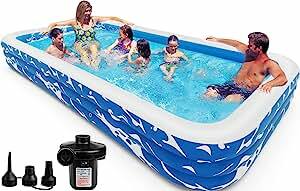All About Trolling Motors
Trolling is a fishing technique that is practiced by experienced fishermen. If you are planning to try such a technique, purchasing a boat or kayak for your fishing activities may have already crossed your mind. Rod, line, bait, and boat are the basic equipment for trolling. However, the role of boat additions such as trolling motors and fish finders should not be entirely disregarded. These parts that are sometimes optional are actually helpful in your fishing ventures. The trolling motor assists in positioning your boat in the most advantageous fishing spots and the best angle to cast. Getting into the best fishing spots as quietly as possible will boost your chance of catching more fish.
History
The first trolling motors were described as portable battery-operated motors with propellers. O.G.Schmidt was regarded as the creator of the electric-type trolling motors. In 1934, he made the first electric trolling motor by modifying a starter motor.
A. Parts
Trolling motors have three major components: controller, propeller, and the actual motor. The aforementioned parts are always present regardless of the designs of the trolling motors. The differences in designs are based on several factors. One of these factors is the place where the trolling motors will be mounted. The type of controller is another factor.
B. Mounting
A trolling motor is mounted either at the bow or stern of a boat. The bow is the boat’s front portion that is usually pointed. The stern, on the other hand, is the back portion. Mounting trolling motors on the transom means the same thing as installing the trolling motors to the backside of the boat.
C. Power Source
Marine batteries are typically the power source of trolling motors. The battery-operated trolling motors are further classified based on the batteries? volts (12 volts, 24 volts and 36 volts). The 12-volt batteries are the least expensive. However, in terms of performance, the 24-volt and 36-volt batteries are more efficient. They are more durable as well. There are also trolling motors that are powered by fuel or gasoline. Oftentimes, gasoline-powered motors are used as the primary source of propulsion. A gasoline-powered motor is considered a trolling motor when it is used as a secondary source of propulsion.
D. Control
Based on the controller, trolling motors are classified as foot-controlled, hand-controlled, and remote-controlled (wireless). Pedals are attached to foot-controlled trolling motors while handles are attached to hand-controlled trolling motors. The advantage of foot-controlled trolling motors is that you can hold your rod and control the boat at the same time. Hand-controlled trolling motors, on the other hand, are easier to operate than foot-controlled ones. Wireless trolling motors are the priciest type. Nevertheless, each has its own advantage for your personal fishing preference.







